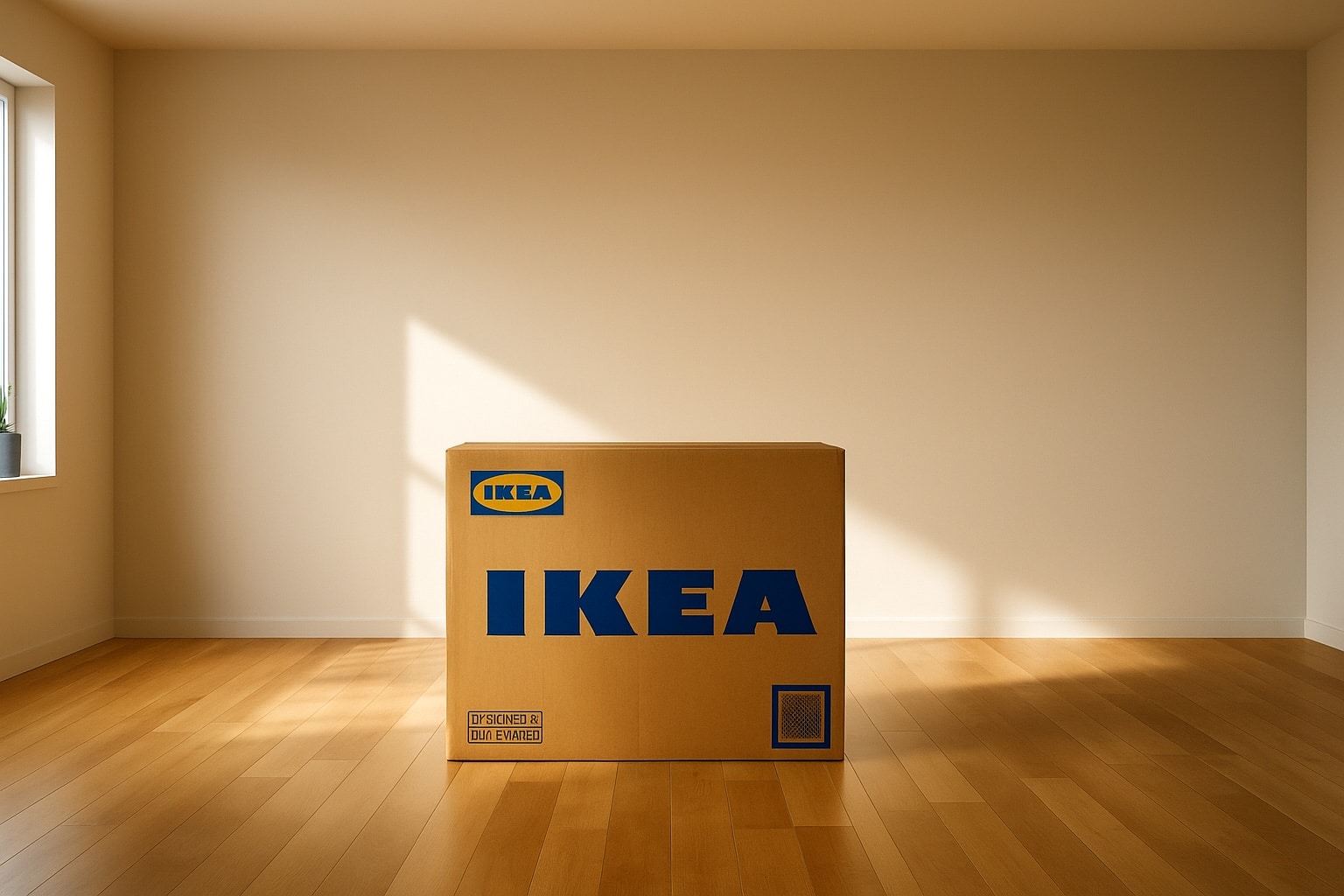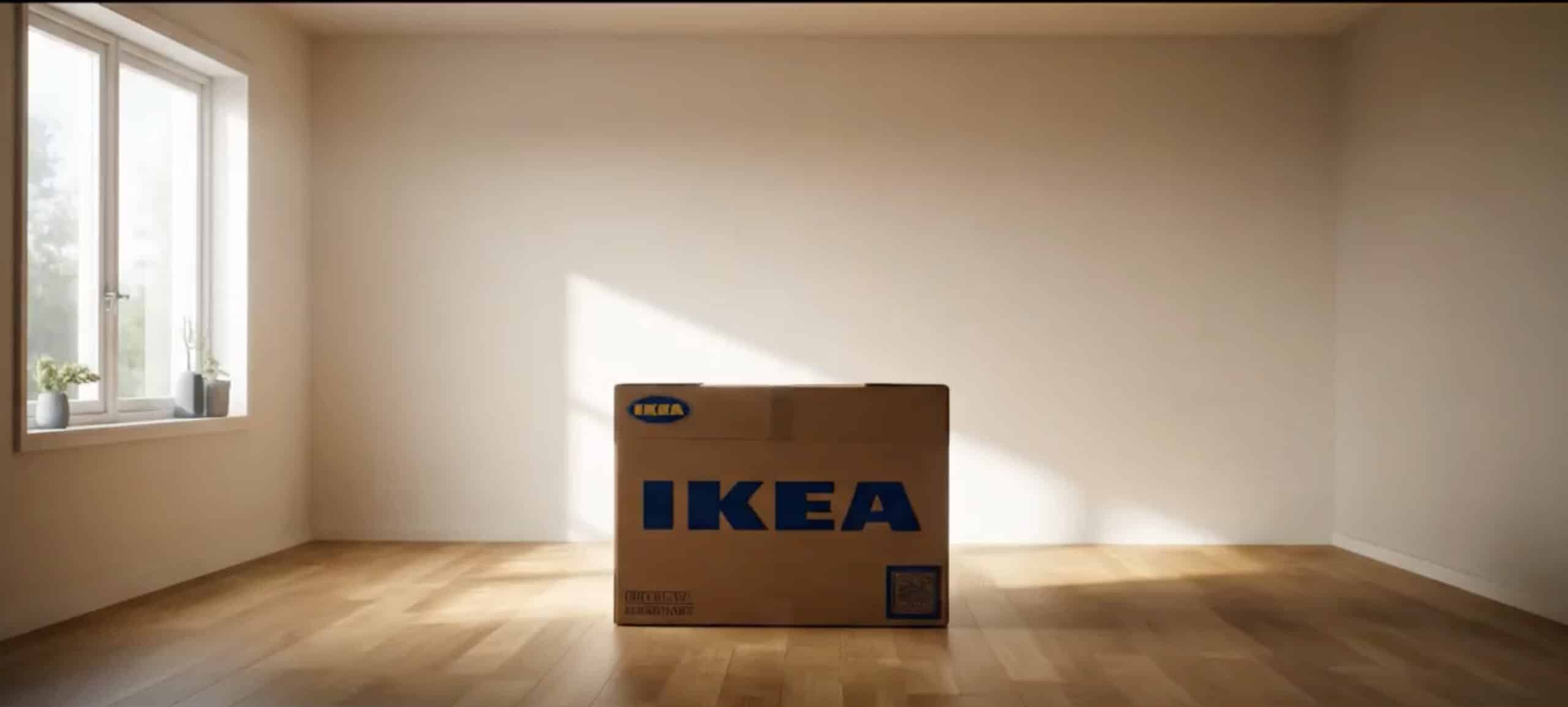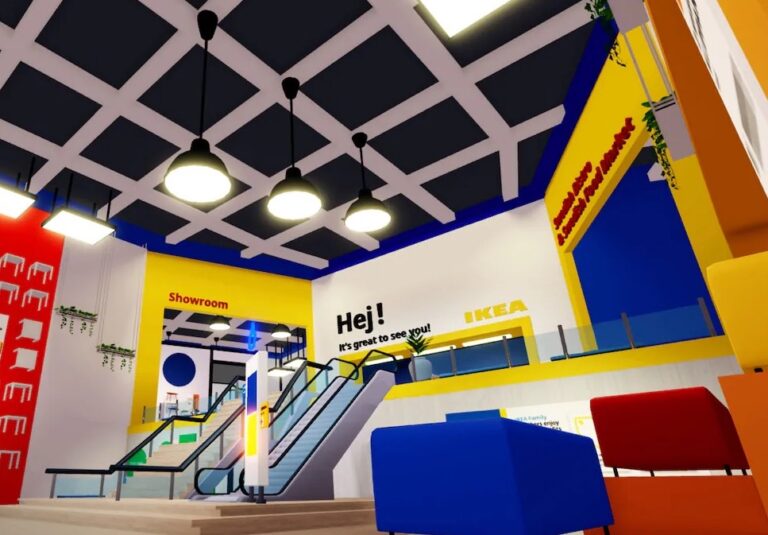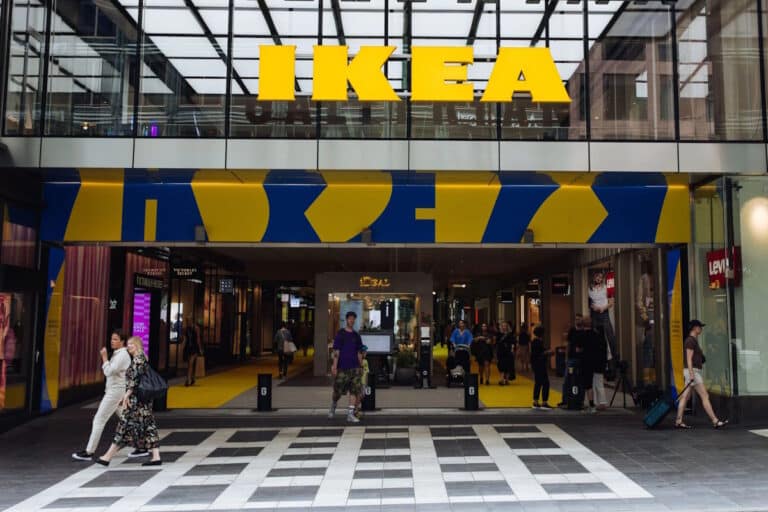
A raw, AI-generated IKEA ad concept showing the messy reality of everyday life just went viral—and it hits closer to home than most real campaigns. Sometimes an ad comes along that feels more like a mirror than a message. Over the past week, one such concept went viral—not for its polish, but for how uncomfortably […]
A raw, AI-generated IKEA ad concept showing the messy reality of everyday life just went viral—and it hits closer to home than most real campaigns.
Sometimes an ad comes along that feels more like a mirror than a message. Over the past week, one such concept went viral—not for its polish, but for how uncomfortably real it felt.
It wasn’t an official IKEA campaign. It wasn’t even a “real” ad—just a speculative piece, partly generated by AI, floating around social feeds. However, it evoked a strong emotional response.
The concept? The image of a tired mom microwaving a frozen dinner, her kid watching cartoons on a cracked tablet, laundry all over the place, and an overhead light that was way too harsh struck a chord. There is no music playing in the background. The scene is devoid of any product placement. Just life.
“That’s my Tuesday night,” one commenter wrote.
“Not aspirational. Just… accurate.”
The irony? IKEA didn’t make this. But it feels more aligned with their brand than most of their actual campaigns lately. The campaign does not feature polished kitchens or cozy minimalist living rooms. The ad captures the emotional chaos of a typical home environment.

This ad (or anti-ad?) showed what few brands dare: clutter, exhaustion, and a kind of quiet love that exists under fluorescent lights and leftover pizza. It wasn’t selling a lifestyle. It was reflecting one.
“Most brands try to project an idealized version of themselves. This one just showed who we already are,” said a creative director on Reddit.
Let’s be honest: we’re burned out on perfection. We’re tired of seeing picture-perfect families dressed in matching pajamas. We are tired of the idealized portrayal of domestic bliss. I was told to “romanticize our lives” despite juggling three jobs and a toddler with a stomach bug.
This is why the IKEA concept resonated deeply with the culture. It didn’t preach, posture, or promise. It simply acknowledged reality—and made people feel seen. It’s rare in advertising.
We’re living in the age of de-influencing, where filters are falling off, and honesty is outperforming aesthetics. When a fake Ikea ad does a better job connecting with people than a real one, it tells you everything about where retail storytelling is headed.
There’s a growing demand—not just for authenticity—but for ads that respect people’s actual lives. It’s no longer about showing off the perfect home. It is about acknowledging that homes are messy, loud, stressful, and full of love in unexpected places.
Brands, take note. Realism isn’t just refreshing—it’s viral.
“We’re tired of being sold dreams we can’t afford,” one TikTok user said.
“This ad resonated with the part of me that feels worn out, overwhelmed, and still trying.”
In the end, perhaps the best brand campaigns aren’t those that sell the dream, but rather those that acknowledge your chaos and say, “Hey, we see you.”
That’s not just excellent marketing. That’s empathy. And the generated ad and the AI prompt are here.

IKEA on Roblox, developed by The Gang, a Swedish game design company, launches on June 24th.

Ikea Preowned launches in Madrid and Oslo with plans for global expansion by December.

Ikea Preowned launches in Madrid and Oslo with plans for global expansion by December.

Central Pattana unveils The Central, a new US$575m mall in Bangkok’s fast-growing northern district with a planned opening in late…

Singles’ Day 2025 breaks new global records with $150B+ in sales. Discover the top categories, data insights, and retail trends…

MixC Shenzhen Bay opens in Shenzhen’s Nanshan district, blending luxury retail, art, and lifestyle into one destination, redefining the Asian…